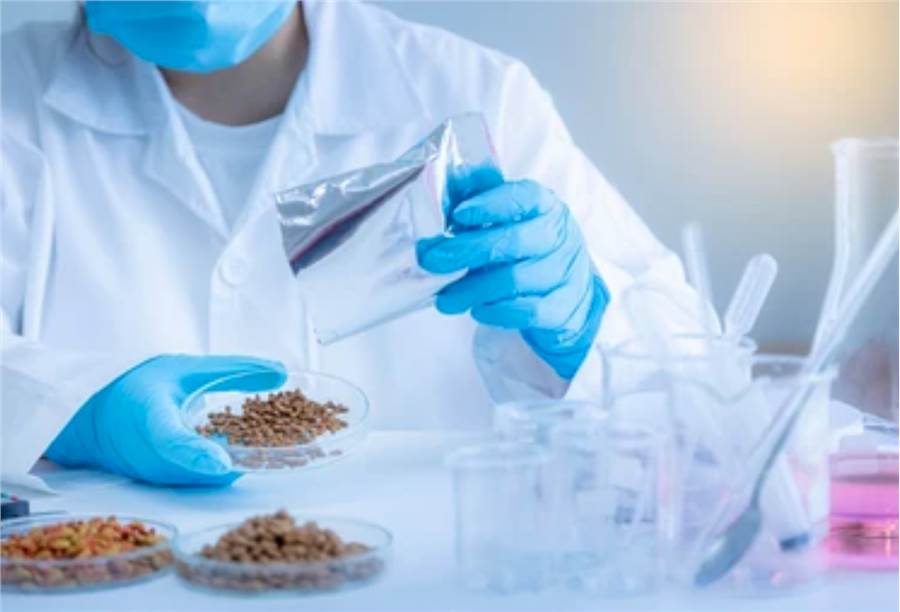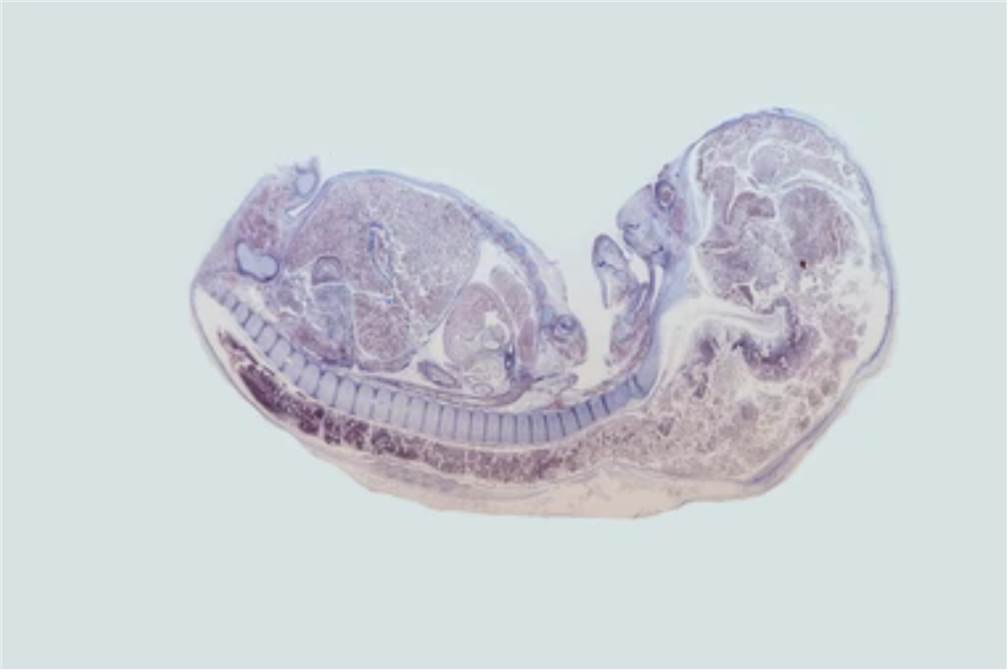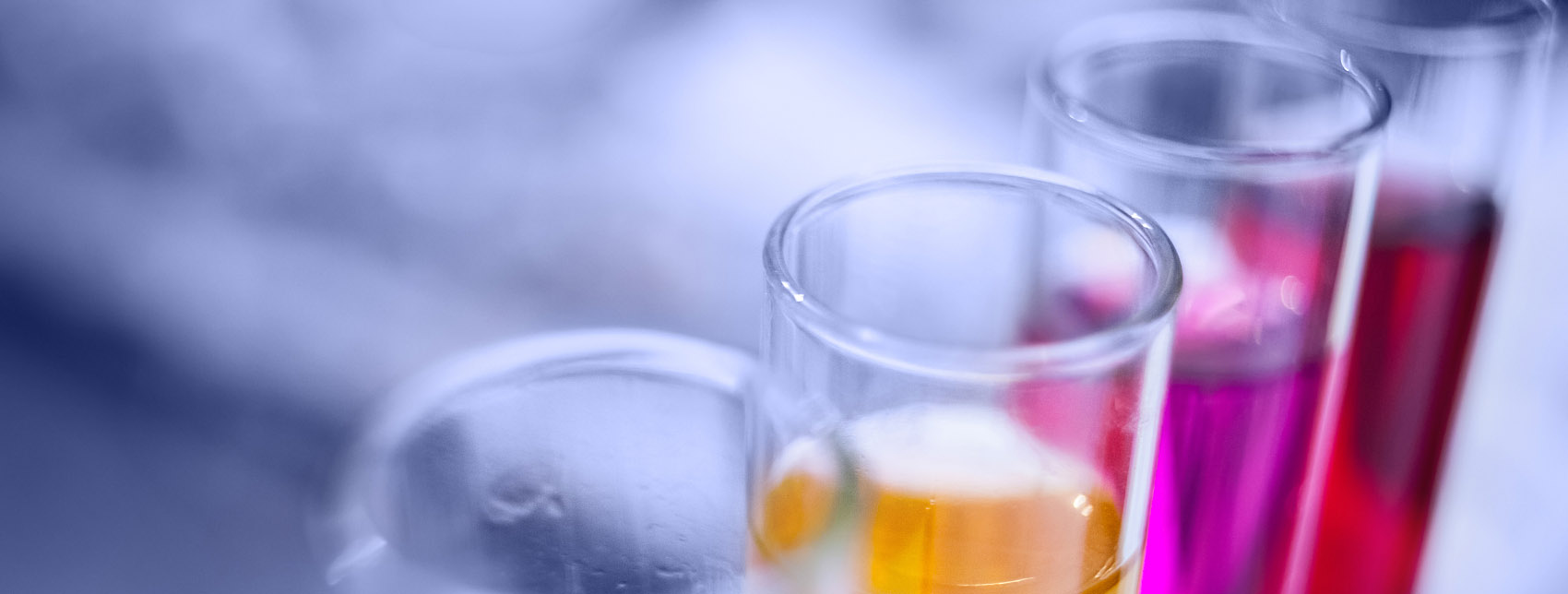Reproductive toxicity is the impairment of reproductive function or reduction of reproductive capacity in female or male laboratory animals caused by chemicals, pesticides, and other substances, or causing non-genetic adverse effects in the offspring.
Our company offers professional one-generation reproductive toxicity testing services to provide customers with general information on the effects of test samples on male and female reproductive performance, such as gonadal function, estrous cycle, mating behavior, conception, delivery, lactation, and weaning.
Our service can also provide preliminary information on the developmental toxic effects of test samples, such as neonatal morbidity, mortality, behavior, and teratogenic effects.

Test Range
Veterinary drugs, pesticides, chemicals, fungicides, organic toxicants, solid waste, domestic waste leachate, hazardous waste, sewage, sludge, water quality, surfactants, etc.
About One-generation Reproductive Test Service
The following are available from Our company's one-generation reproductive toxicity testing service.
Test Method
This test reflects the reproductive toxicity of a generation of experimental animals after multiple exposures to the test samples. We administer the samples at graded doses to several groups of female and male animals.
Males should be administered during growth and for at least one full spermatogenic cycle (approximately 56 days in mice and 70 days in rats) to elicit any adverse effects of the sample on spermatogenesis. P-generation females should be administered for at least two full estrous cycles to elicit any adverse effects of the sample on estrus.
Male and female experimental animals are then mated in a 1:1 or 1:2 ratio in a combined cage. Samples are administered to both sexes during mating and then only to females during pregnancy and lactation.
Test Animals
We prefer healthy primiparous rats or mice that have undergone at least a 5-day acclimation period for the reproductive toxicity test. Females should be selected that have not given birth to a litter. Test animals are fed ad libitum. Pregnant test animals are kept in a single cage close to delivery.
Test Observations
- Clinical observations: We observed the experimental animals once a day and recorded any behavioral changes, difficult or delayed births and all toxic reactions (including deaths).
- Body weight and food intake.
- Gross anatomical examination: The parental test animals were examined for changes in the morphology of tissues and organs, especially reproductive organs. Examination of pups for defects in appearance or organ morphology.
- Histopathological examination: Examine the ovaries, uterus, vagina, testes, seminal vesicles, prostate gland, and pituitary gland of the parental test animals.

One-generation Reproductive Test Report
The final test report Our company provides includes the following.
- Test sample name, physical and chemical properties, and preparation method.
- Species, strain, sex, weight, number, and source of experimental animals.
- Experimental animal rearing environment, including feed source, room temperature, relative humidity, and combined or single cage rearing.
- Experimental methods: method and duration of poisoning, dose grouping.
- Food intake and body weight information of parental experimental animals (F0 generation).
- Toxic reactions were recorded separately by sex and dose in most groups, including abnormalities in reproduction, gestation and developmental capacity.
- Time of animal mortality during the test and whether there were any surviving animals at the expiration of the test.
- The weight of the pups and the average weight of the pups, as well as the weight of individual pups at the end of the test.
- Any toxic and other health-damaging effects related to reproduction, pups and their growth and development.
- The timing and duration of the various abnormal symptoms observed.
- Results of gross anatomical examination and pathological histological examination.
- Raw test data.
- Results of statistical analyses.
- Conclusions of the test.
For more information, please feel free to contact us.
Related Solutions
It should be noted that our service is only used for research, not for clinical use.


